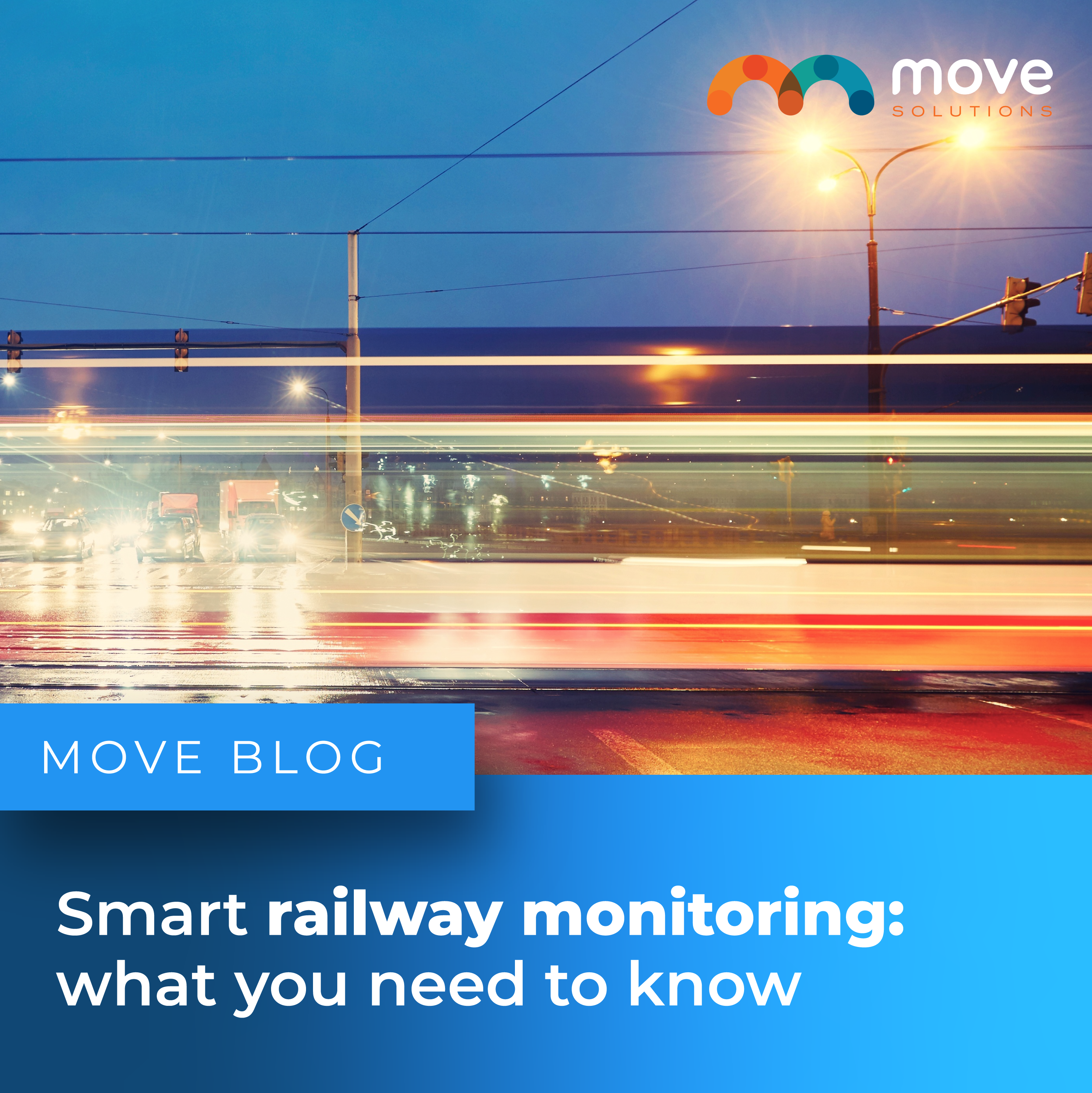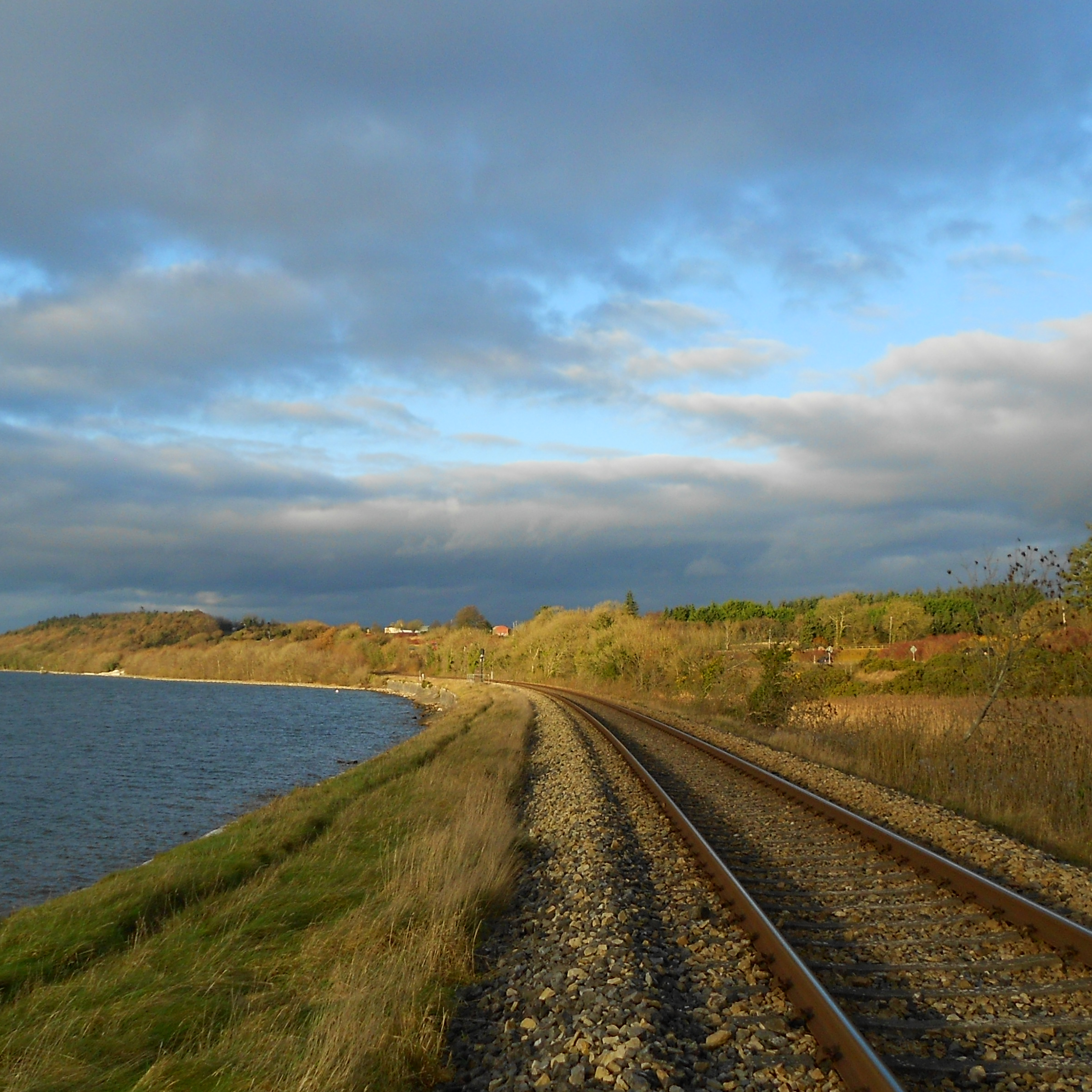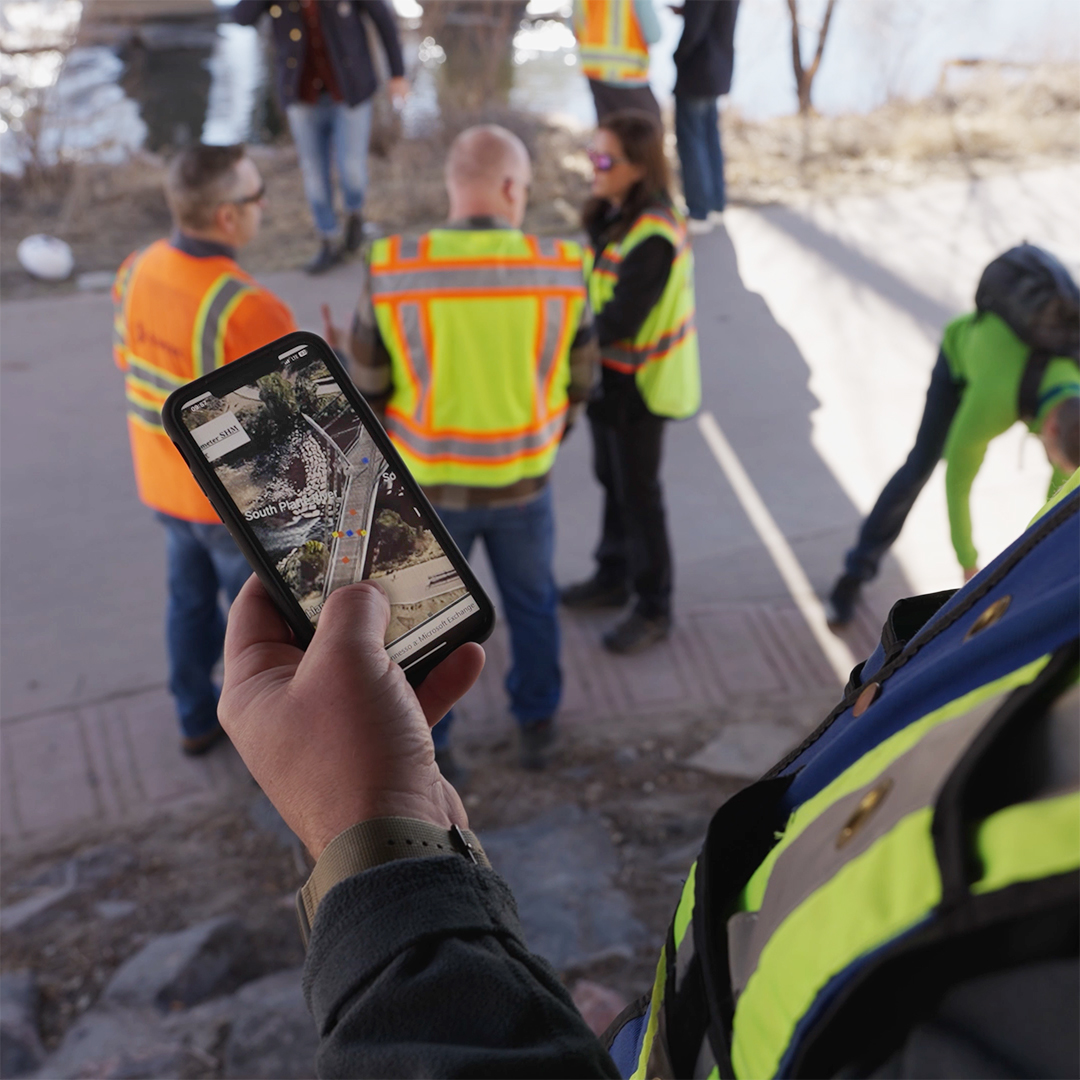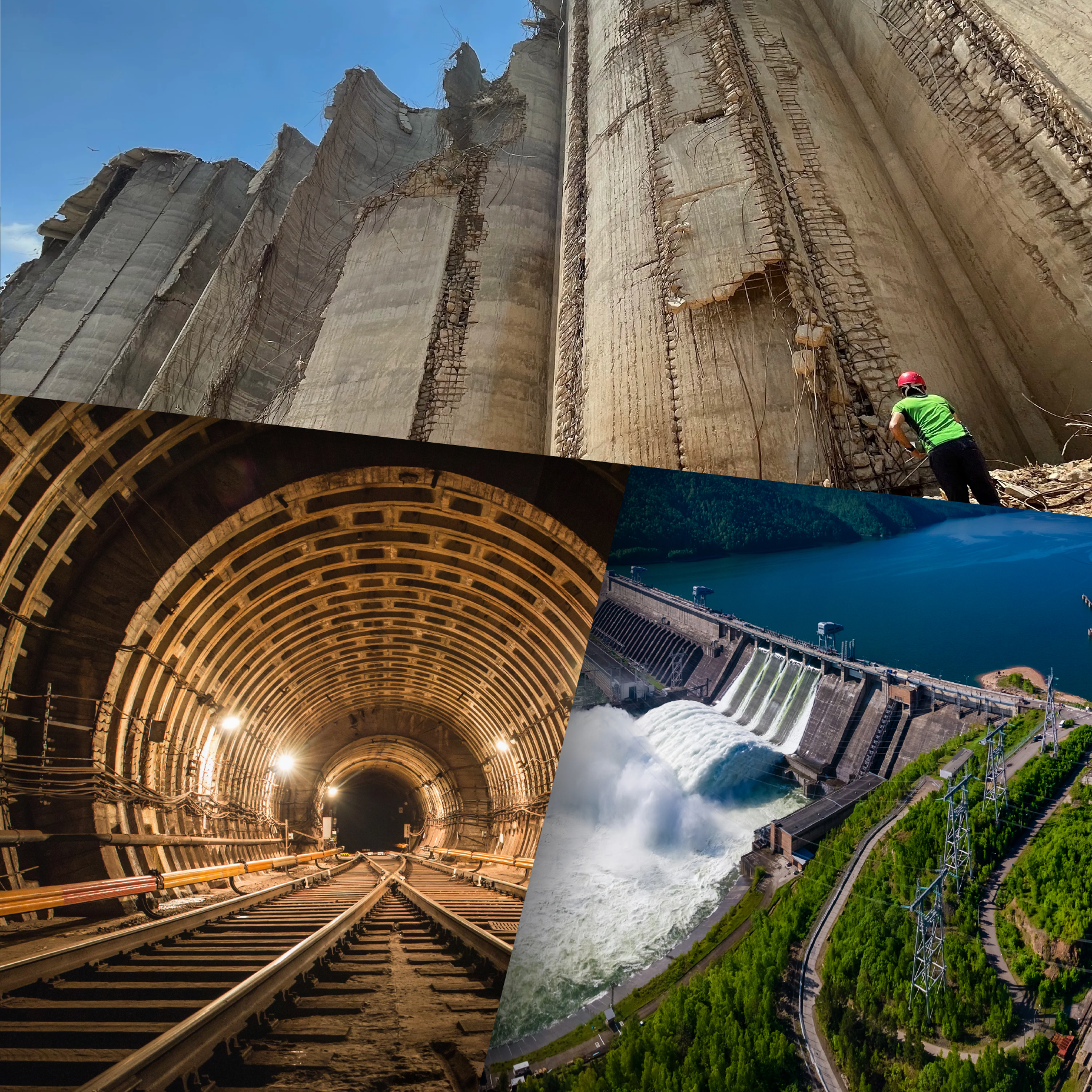Smart railway monitoring: what you need to know
May 2022
Railways are used for passenger and cargo transportation: their poor monitoring can have a direct impact on the cost of assets and human lives. The risk of derailments and collisions can be decreased by regular monitoring that can help identify the root causes.
Thanks to innovative technology that digitalises and simplifies the monitoring process, it is now possible to implement a more effective maintenance strategy, while optimising resources and cutting operational costs. Continuous monitoring of railways is an essential tool when digging is done near the track, when we need to check natural ground movements, or when some parts of the track need to be replaced.
Railway monitoring includes bridge rail monitoring, tunnel rail monitoring, geotechnical rail monitoring and track monitoring. While the first three are done similarly to other bridge or tunnel monitoring, and to normal geotechnical analysis, track monitoring is quite different to other types of monitoring. It involves the analysis of vertical deflection, cant, twist and ballast void.
New technologies are completely revolutionising the way how track monitoring is done, giving us access to wireless, cheaper and easy-to-install devices for remote and safer track monitoring.
Smart track monitoring
- Vertical deflection
Vertical deflection can be defined as the deflection of the track under vertical loading. Instead of using expensive wired devices, we can now have a wireless tilt-beam chain that sends data to a cloud platform where we can check the health of our track in an easy and effective way.
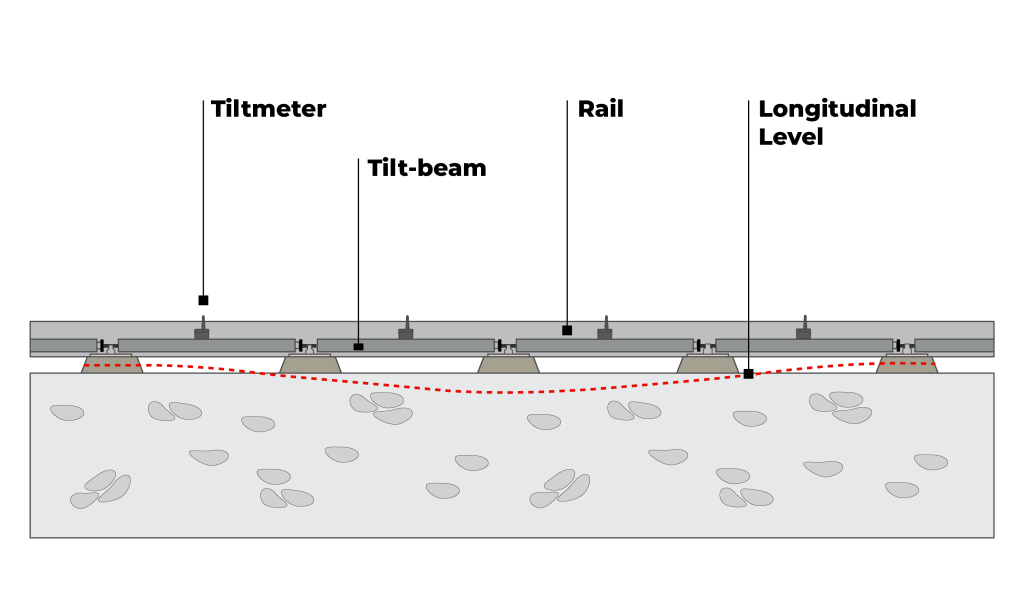
Vertical deflection
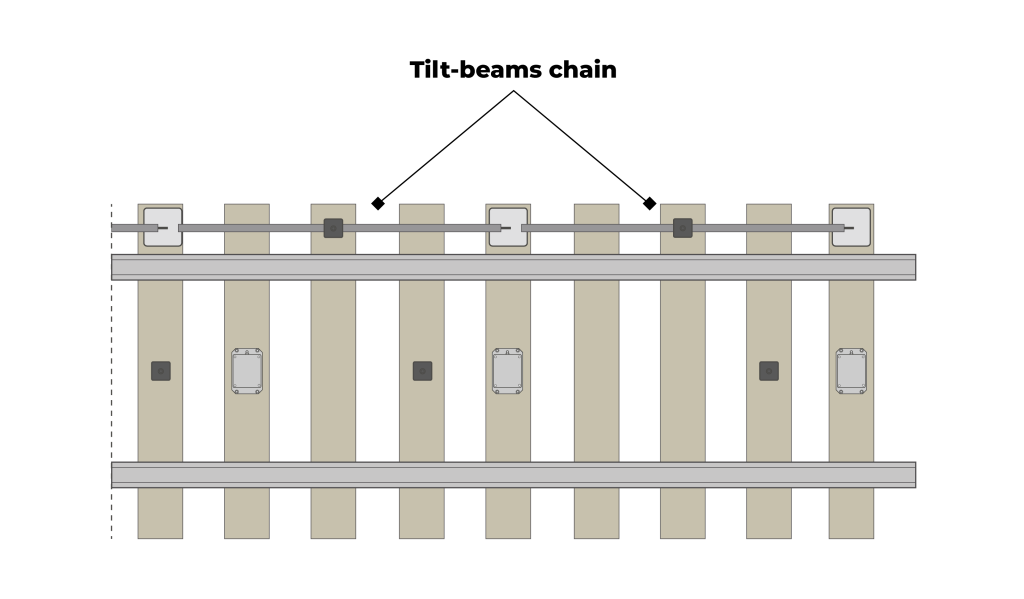
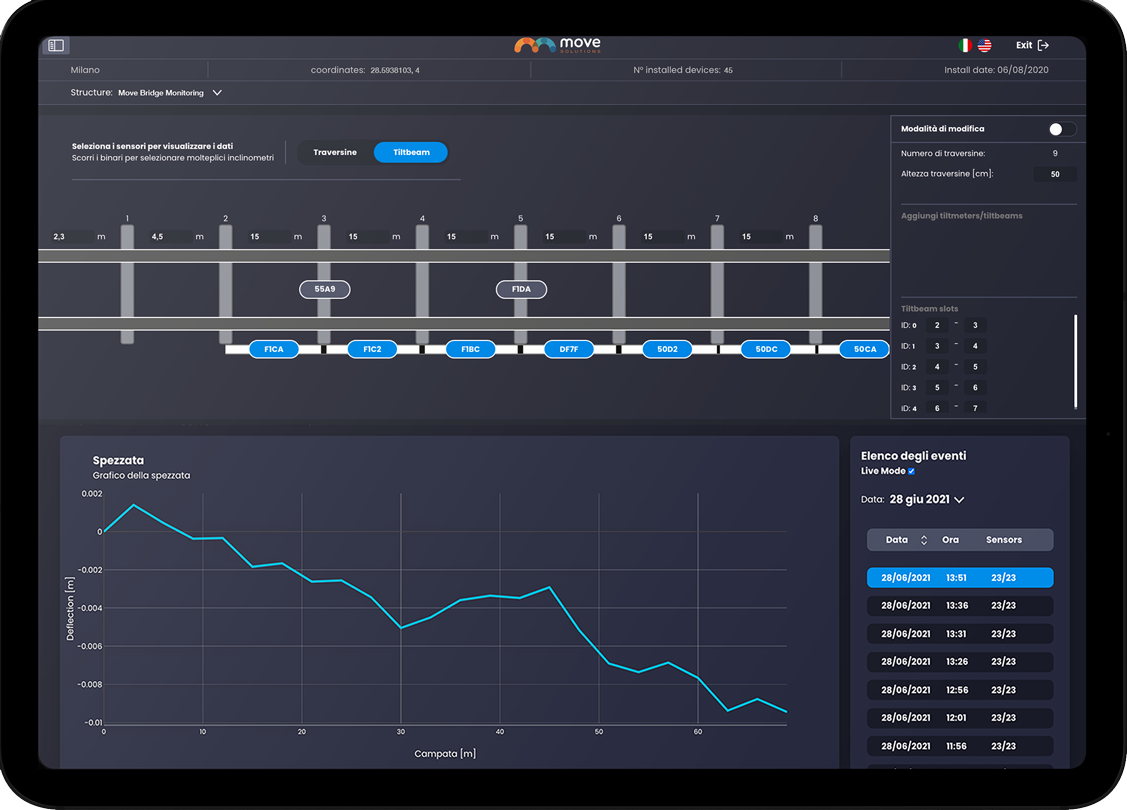
Wireless tilt-beam chain and vertical
deflection analysis on the Move cloud platform
- Cant
Cant is the variation in cross-level between the two rails or edges. One wireless tiltmeter installed on the sleeper can give us all the data we need to understand this important parameter.

Cant
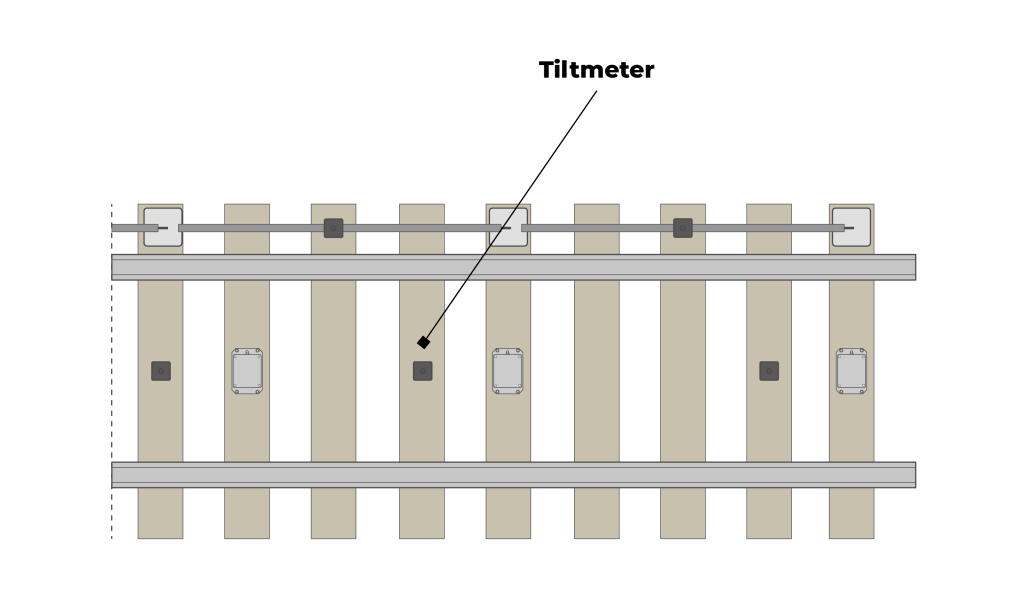
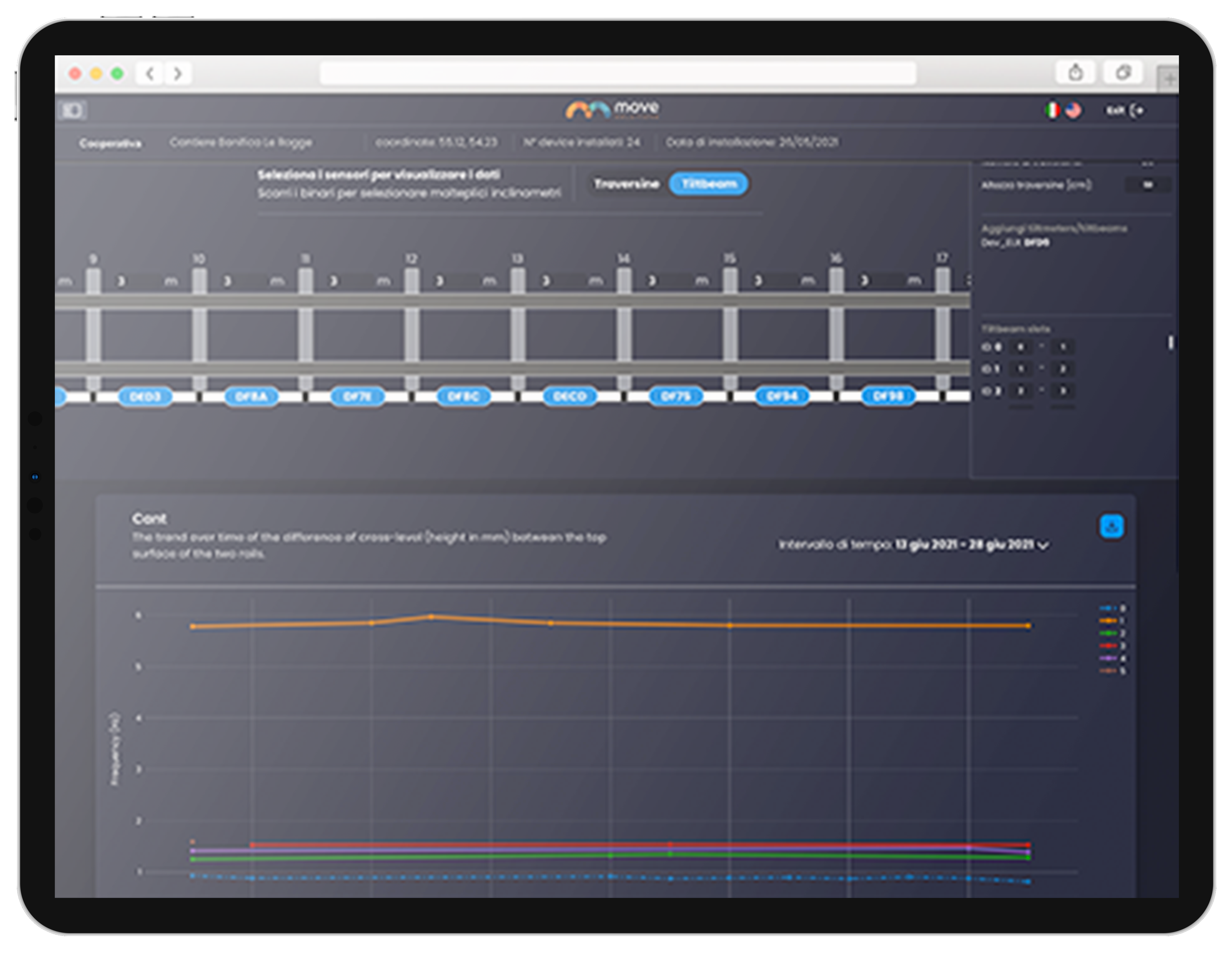
Wireless tiltmeter and cant analysis on the Move cloud platform
- Twist
The word “twist” describes the variation in cross-level measured over a predetermined distance: it can be measured by placing two tiltmeters on two different sleepers.
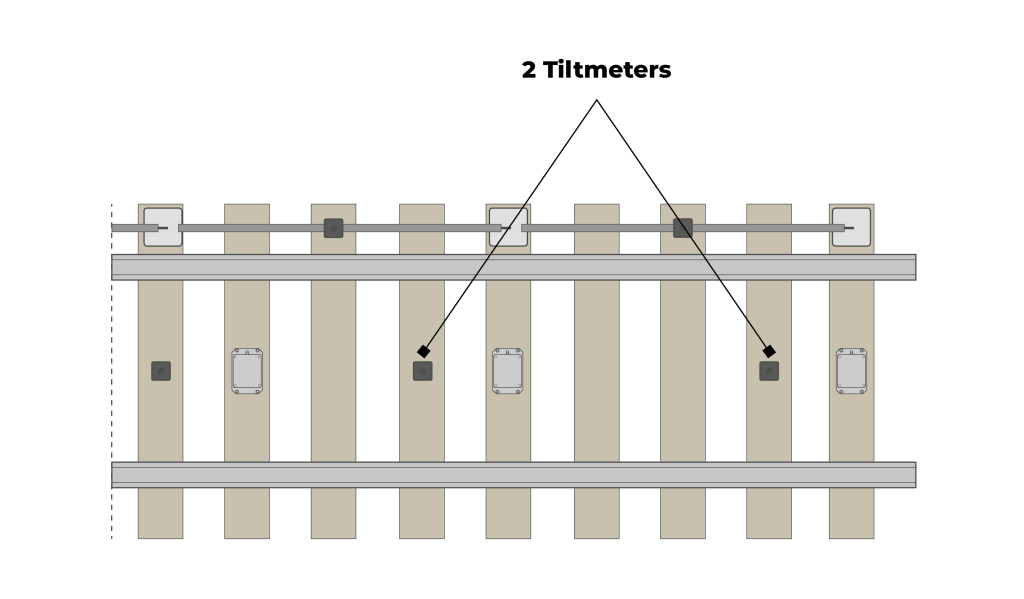
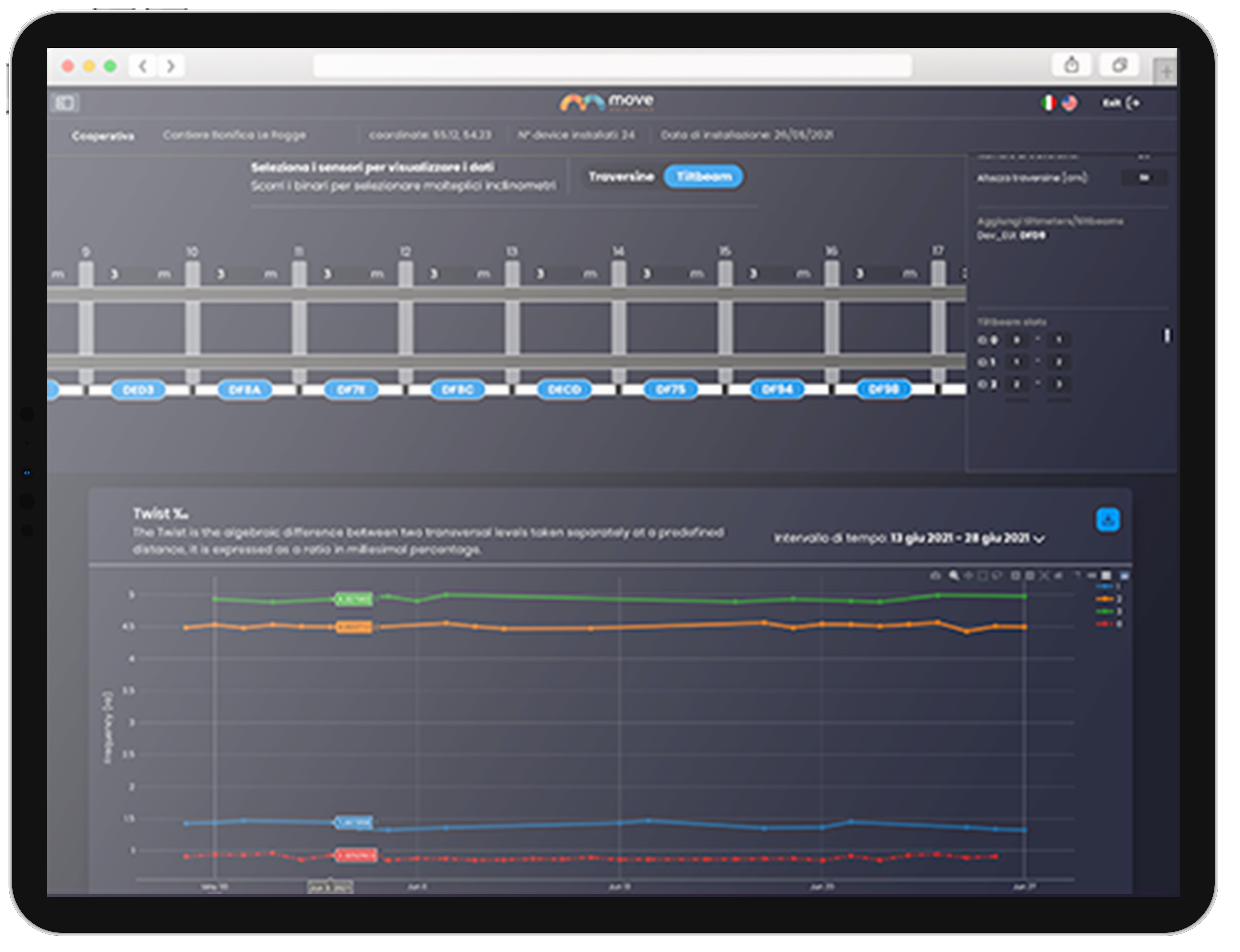
Wireless tiltmeters and twist analysis on the Move cloud platform
- Ballast void
Track ballast is all those small stones lying under the track on which a train races: their deterioration can create voids posing serious risks to the safety of the railway.
For this type of monitoring, here at Move Solutions we have designed a unique patented device, called “Deck”. Our “Deck” is a wireless dynamic displacement sensor that helps identify any ballast void by measuring the swing width of the sleeper when the train passes. It is the first and only dynamic device that can measure displacement in millimetres.
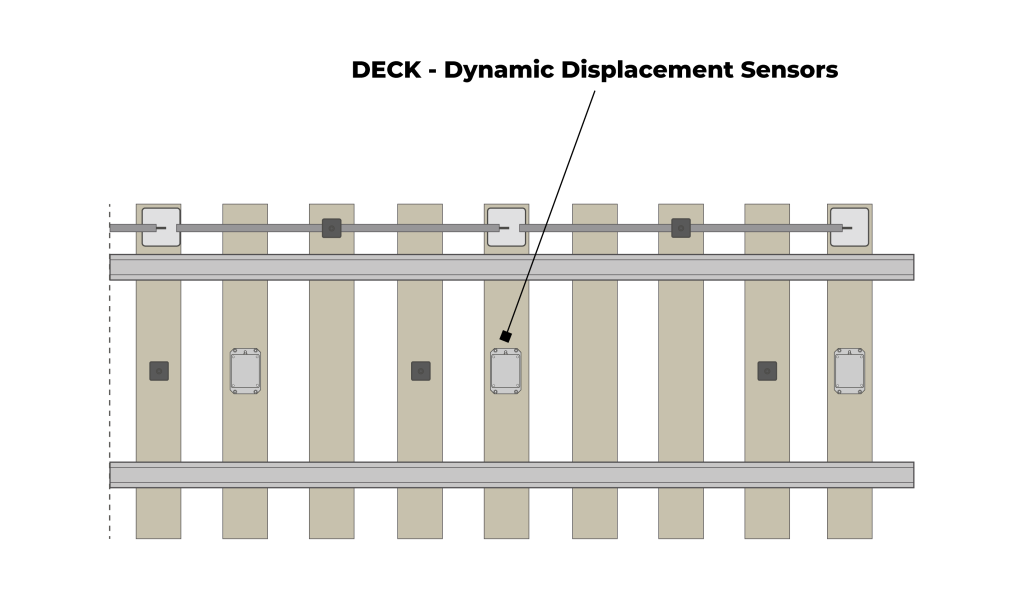
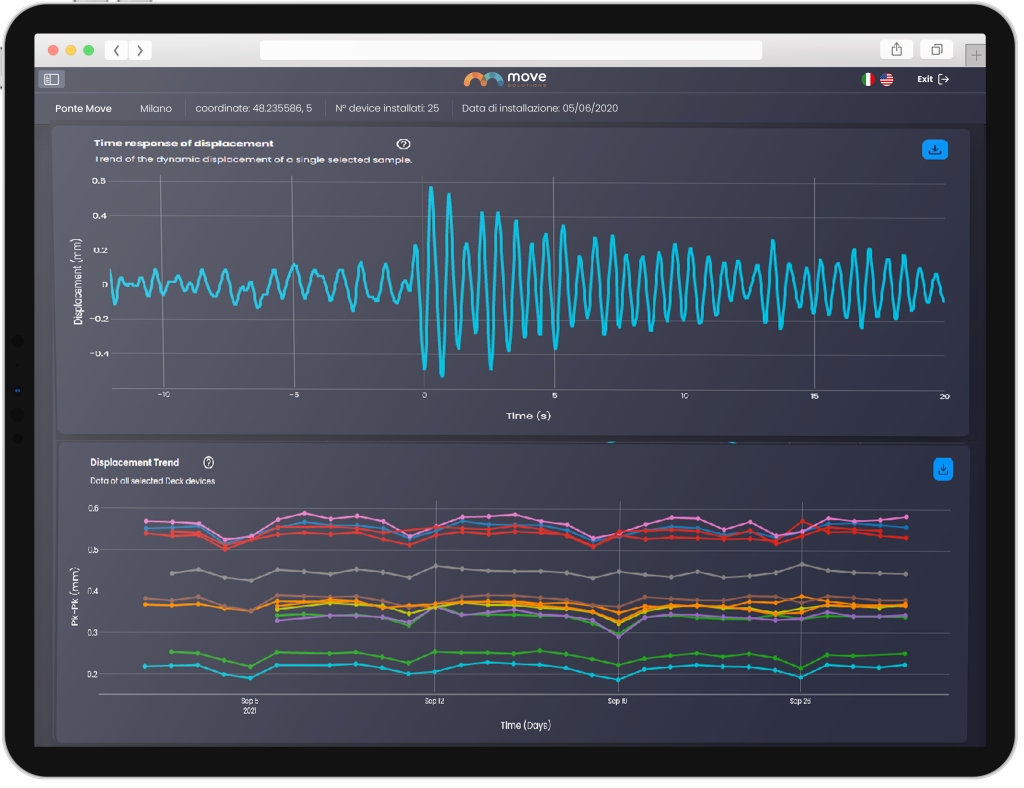
Wireless Deck sensor and ballast void analysis on the Move Cloud Platform
With Move Solutions, you will also have access to a unique tool on our Cloud Platform, designed specifically for railways: for smarter, safer, cost-effective and more sustainable monitoring.
Thanks to the advancement of technology, there is now a beautiful world of possibilities and opportunities in the world of SHM.
What are you waiting for?
Don’t miss the train!


